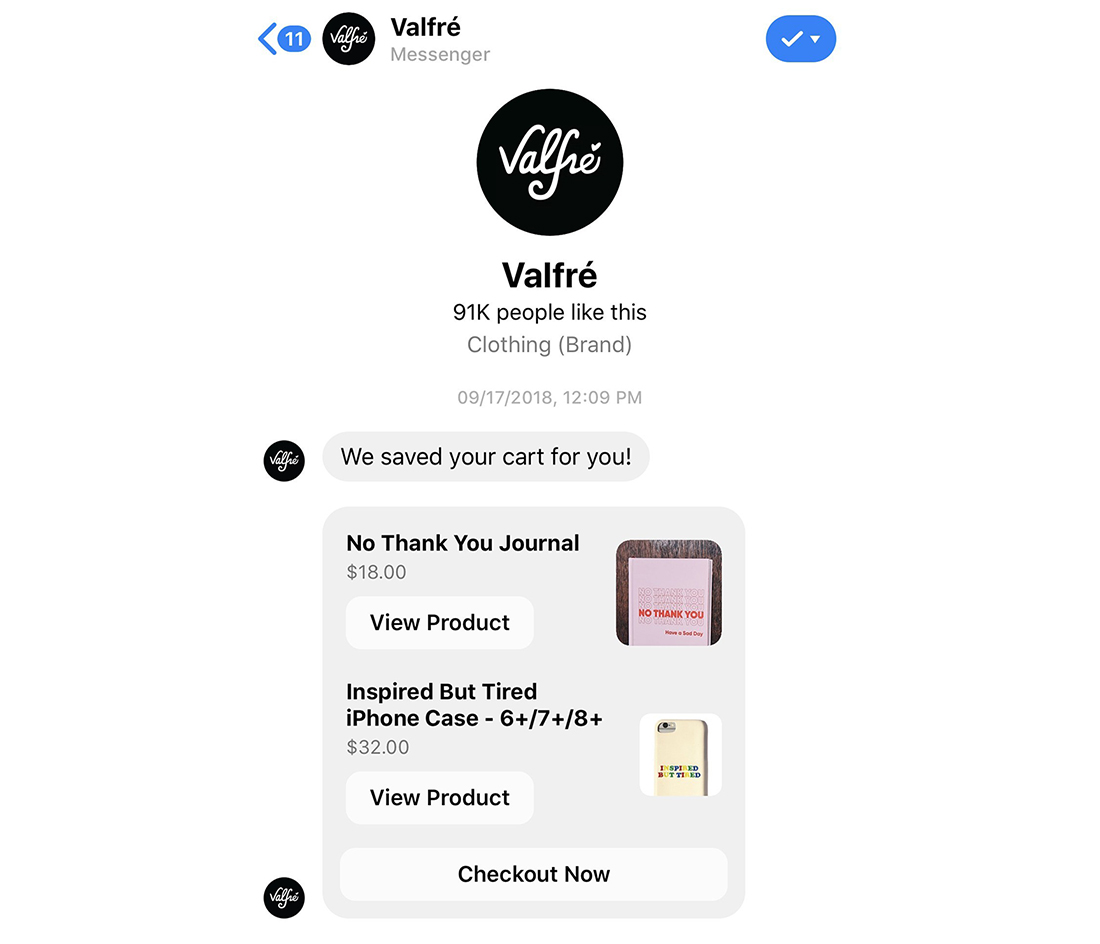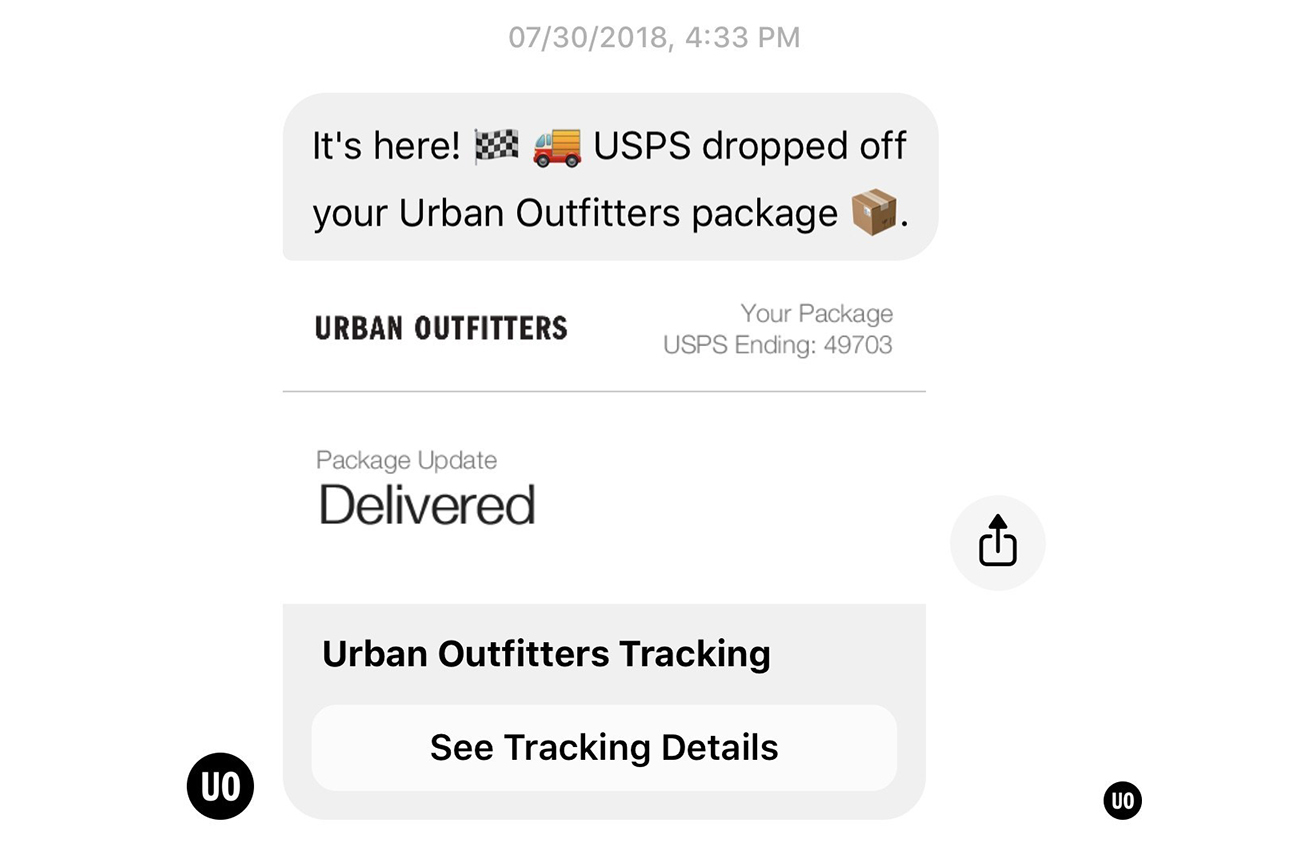Artificial Intelligence (AI) has officially permeated the ecommerce arena and new chatbots for ecommerce are appearing every day.
Not too long ago, it was only the big-hitters like Google and IBM who used this technology, but now businesses of varying sizes are reaping the benefits of AI to garner more sales and broaden their consumer base.
How?
Through chatbots, of course.
Although chatbots have existed for decades, it’s only in recent years that companies have started leveraging the opportunities they provide.
From customer care and support to driving customer acquisition, chatbots can do wonders for your bottom line.
According to Gartner, chatbots are predicted to control 85% of all customer service interactions by 2020.
Thinking of joining the chatbot club?
Allow us to give you a primer on what chatbots for ecommerce are when to use them, and how to best implement them.
What is a chatbot?
Without going too much into technical details, a chatbot is a customized, automated program designed to simulate human conversations for completing a variety of tasks.
When it comes to using chatbots for ecommerce, it can help shoppers save time.
In fact, most of the people who interact with chatbots in the ecommerce space do it because they’re looking to save time and solve their problems as quickly as possible, something that can be hard to accomplish if your store doesn’t offer 24/7 customer support service.
Instead of your customers contacting you via phone or email, any queries they might have can automatically be answered via chatbots.
The value of chatbots for ecommerce
It’s already a given that chatbots can’t exactly replicate genuine human interaction, but that doesn’t mean they’re not capable of offering tremendous value to your consumers.
As more and more consumers expect faster response times from the businesses they choose to engage with, implementing chatbots on your ecommerce store can help supercharge your customer experience.
Since chatbots are automated and require little to no operational costs, you can save on resources needed to cater to your customers.
When to use chatbots
First things first: chatbots can’t handle everything.
There are still facets of your business that you can’t simply delegate to chatbots, including processing sensitive information (i.e. the collection of credit card numbers) and troubleshooting overly technical issues.
If you’re ready to dip your toes into these message-based assistants, you can start with the following options:
For frequently asked questions
Not everyone has the resources to have a customer service team on-call 24/7, making chatbots an excellent alternative for ensuring that queries are answered during off-peak hours.
Take Zendesk’s built-in chatbot, for example.

Zendesk makes it very simple for users to answer faqs
You probably already have a FAQ page in place — repetitive questions with a corresponding straightforward solution — but there may be consumers who are not interested in pouring through a whole list of items just to find a simple response to their query, like this one wanting to buy cat food.
I definitely know that I’m one of those people!
If a customer wants to know, say, your shipping policies, a conversational chatbot can answer them in a timely fashion.
You’re saving them from the hassle of manually finding your FAQ page or contacting your team, resulting in better user experience.
Should they have a query that is beyond the parameters of your FAQ, the chatbot can easily escalate the issue to your customer service team.
Collecting leads
Chatbots can help you acquire leads more than you think they are capable of. In fact, in some cases, they might even be more efficient than actual human agents.
Before the customer can even begin asking questions, they first have to fill out a quick form and provide their name and email.
That automatically goes into the system and can be used for marketing purposes.
Product suggestions and help influence purchase decisions
A chatbot can mimic a sales associate with regards to helping a consumer find items they want to purchase.
They can even play a part in making the final buying decision.
Take a look at what Lego did using Chatfuel.

Using Chatfuel, Lego helps customers find the best products to buy
They’ve designed a dedicated bot to assist customers in ordering items.
In just a few clicks, one can order their favorite food and have it delivered right at their doorstep.
Cart abandonment recovery
Cart abandonment is something all ecommerce stores experience regularly, but chatbots can help reverse them and get customers to proceed with the purchase.
A Facebook survey showed that consumers are more comfortable messaging a business compared to other means of communication, including talking on the phone and exchanging emails.
You can take advantage of this by sending them a quick message to remind them of what they left in their carts.
Consider this tactic by Valfre below as a prime example.

Valfre sends cart abandonment messages to its customers through chatbots
More often than not, cart abandonment happens unintentionally. When you alert lurking customers that they have a purchase to complete through a medium that they often use (say, Facebook Messenger rather than email), they will most likely reconsider completing the transaction.
Receipts and shipping
Anyone who has ever bought anything from an online store can probably attest to the fact that keeping tabs on your package is often tedious.
You get a complicated tracking number, access a separate tracking page, and keep an eye on it until you receive your purchase.
Eliminate this hassle for your customers by giving them a copy of their receipt and shipping information immediately after purchasing.
Urban Outfitters will show you how it’s done.

Urban Outfitters makes it easy for customers to track their orders
Not only will this enhance the customer experience, but it will also significantly reduce the order-related queries you get.
Post-sales support
Collecting customer feedback is something every merchant should do to improve your operations, but not all of your customers are willing to engage in post-sales surveys.
And besides, surveys tend to be repetitive and tedious, causing them to quickly lose interest.
Considering that chatbots for ecommerce are interactive in nature, you can turn feedback collection into a full-blown conversation.
You can design your survey in a way that your customers would enjoy answering and not too much effort.
You can add GIFs and emoticons to incorporate your brand personality, making the conversation something they would remember.
As long as you understand what your customers want, you can develop your ecommerce chatbot in a way that will delight them.
Loyalty programs
Inspiring loyalty is harder than you think.
Just because you have a loyalty program in place, doesn’t mean that customers will go out of their way to acquire points and redeem rewards.
In fact, 54% of loyalty memberships are inactive and 28% of consumers abandon them without taking advantage of their points.
A huge part of the reason why is because they have simply forgotten that they have signed up in the first place.
Even if they’re a regular customer, they might not be aware that they’ve previously subscribed to your loyalty program.
A quick and easy fix?
Implement a chatbot
You can send a message to remind them of unused points or tips on how they can earn more and the exciting rewards you have in store.
How to implement chatbots on your ecommerce store
The best thing about chatbots is that they’re relatively painless to set up.
Unless you want to develop your own (which I don’t recommend!), there is a lot of software out there that can accommodate your needs. Here are some great chatbots for ecommerce stores:
Billed as the #1 bot platform on Facebook Messenger, Manychat offers an intuitive way of creating chatbots for marketing, ecommerce, and support.
All you have to do is choose a template that matches your business, and the app will handle the rest.
No prior coding experience? No problem.
Chatfuel is a feature-rich platform that lets you customize your desired bot without writing a single line of code. Whether you want to create a virtual shopping assistant or customer care support, Chatfuel can make it happen.
Specializing in a variety of messaging apps including Facebook Messenger, Telegram, and Whatsapp, Letsclap’s first and foremost priority is creating chatbots that sound as human as possible.
They use AI to create smart conversational experiences, resulting in better relationships with your customers.
A chatbot platform specifically catering to Shopify stores. It helps increase your revenue by sending abandoned cart messages, setting up custom campaigns, providing tracking notifications, and a whole lot more.
It also has a built-in dashboard that allows you to keep track of customer behavior so you can make data-driven decisions.
In conclusion…
Integrating new technologies to your ecommerce business can be daunting, but it’s not as difficult as it sounds.
While a chatbot might not be what you’re looking for at this point in time, it’s still worth dipping your toes into, especially because the chatbot revolution has started and it seems like it can only go up from here.
If you already have an existing customer support team, look for ways to teach them how to leverage the power of chatbots to tend to your customers better.
The more tasks they can automate, the easier it will be for them to help your shoppers truly.
If you don’t have a dedicated customer service team yet, chatbots can be your starting point for offering customer care.
Are you using chatbots in your store already?
Drop us a line and tell us everything about your experience!








